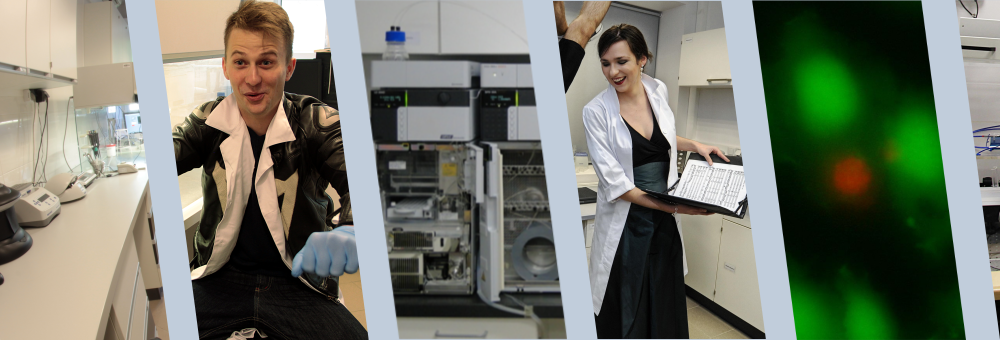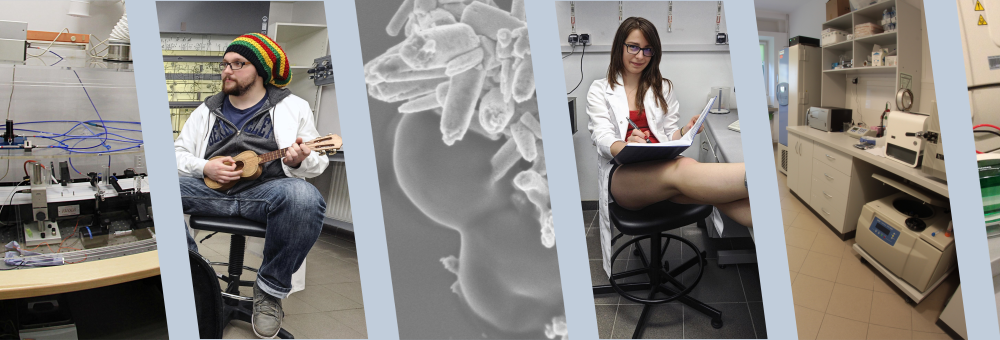Publication
Single chain conformations in the system of symmetric and asymmetric diblock copolymers
Author(s): Aksimentiev, A and Holyst, R
Title: Single chain conformations in the system of symmetric and asymmetric diblock copolymers
Abstract: A theory which describes a local structure and global properties of a copolymer melt has been developed in the framework of the self-consistent approximation. We have derived expressions for sizes of a single diblock macromolecule and its parts. Two different of single macromolecule conformations in the disordered melt been obtained depending on the asymmetry of chains and morphologies in ordered states after the order-disorder transition (ODT). the nearly symmetric melt, 0.35 < f less than or equal to 0.5 (f is a the blocks of both types shrink a little initially as the decreases and then, at some temperature, they begin to In strongly asymmetric melts, f < 0.35, the block of a which consists of the monomers of minority type shrinks while the other block monotonically swells. We have found Gaussian behavior of the individual blocks and stretching near chemical bond joining the blocks. Near the ODT the chains are with a magnitude which is of the order of a few percent of Gaussian sizes. We have calculated the peak position in the curve as a function of the Flory-Huggins interaction composition and degree of polymerization. Less then 5\% in the size of copolymer molecules lead to a 25\% shift of the peak in comparison to the Gaussian limit. We have found a quantitative agreement of our theoretical results with the experimental neutron scattering data.
Pages: 328-342
Journal: MACROMOLECULAR THEORY AND SIMULATIONS
Volume: 8
ID: ISI:000081362700005
Year: 1999
DOI: 10.1002/(SICI)1521-3919(19990701)8:4<328::AID-MATS328>3.3.CO;2-V









